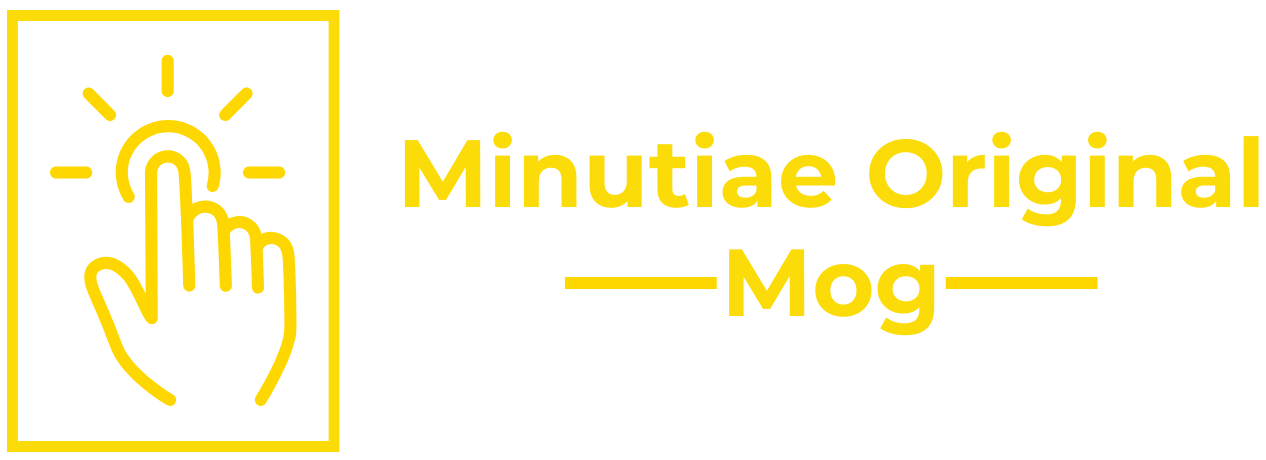The TASK Framework turns the messy, frustrating problem of “people issues” into a clear diagnostic process. But how do you actually use it day-to-day? Here are the most common questions I get about each component.
The “T” in TASK: Time
Q: My team member keeps saying they’re “too busy” for a critical project. I know they have capacity. What’s really going on?
What you’re likely facing is a classic Time misalignment. In the TASK Framework, “Time” isn’t just about a free slot in a calendar. It’s about priority and value.
When someone says they’re “too busy,” they are communicating that, based on their current priorities, your task is not a high-value use of their time. The friction isn’t about minutes; it’s about perceived worth.
The Diagnostic Fix: Instead of challenging their busyness, get curious about their priorities. Try asking: “I understand you’re juggling a lot. Help me see what’s on your plate right now so we can find where this fits in.” This shifts the conversation from a conflict over time to a collaborative discussion about priorities, allowing you to re-frame the task’s importance.
The “A” in TASK: Actions
Q: I’ve assigned a clear task, but my employee is pushing back, saying it “doesn’t make sense.” They’re usually competent. Why the resistance?
This is almost certainly an Actions problem. This pillar of the framework deals with purpose and motivation. The resistance isn’t to the action itself, but to the “why” behind it.
The team member doesn’t see the connection between the task and a purpose they believe in. Their internal driver—their personal “why”—is out of sync with the requested action.
The Diagnostic Fix: Don’t just re-explain what to do. Explain why it matters. Open a dialogue: “I appreciate the honesty. From your perspective, what would be a more logical approach?” This helps you uncover their motivation and either clarify the purpose or find a new path that aligns with their sense of meaning.
The “S” in TASK: Size
Q: An otherwise great employee gets overwhelmed by big projects and seems bored with small ones. Are they just hard to please?
Not at all. This is a clear Size issue. The “Size” of a task must match a person’s capacity and their need for a challenge.
A task that is too large (or too vague) triggers feelings of being overwhelmed and sets them up for failure. A task that is too small feels menial and fails to engage their capabilities, leading to disengagement.
The Diagnostic Fix: Diagnose their capacity and reframe the work. For an overwhelming task, ask: “How could we break this down into a smaller, first step?” For an underwhelming one, ask: “How can we bundle these tasks into a more significant challenge that uses more of your skills?” You’re not changing the work’s ultimate goal, you’re fitting it to their capacity.
The “K” in TASK: Knowledge
Q: Someone on my team won’t start a new process. They say “I don’t know how,” but the training was provided. Are they being difficult?
This is rarely about defiance. It’s typically a Knowledge gap. In our framework, “Knowledge” isn’t just about information; it’s also about confidence and psychological safety.
The person may not have absorbed the training, may be afraid to make a mistake, or may not know how to ask for help without looking incompetent. The environment feels unsafe for learning.
The Diagnostic Fix: Instead of pointing them back to the manual, build a bridge. Ask: “What part of this are you most comfortable with? Let’s start there, and I can help with the rest.” This builds on their existing knowledge and creates a safe space for them to admit what they don’t know, turning a moment of fear into an opportunity for growth.
By using these diagnostic questions, you stop reacting to the symptoms of friction and start solving for the root cause. This is how you build a Leader Factory—one diagnosed problem at a time.

